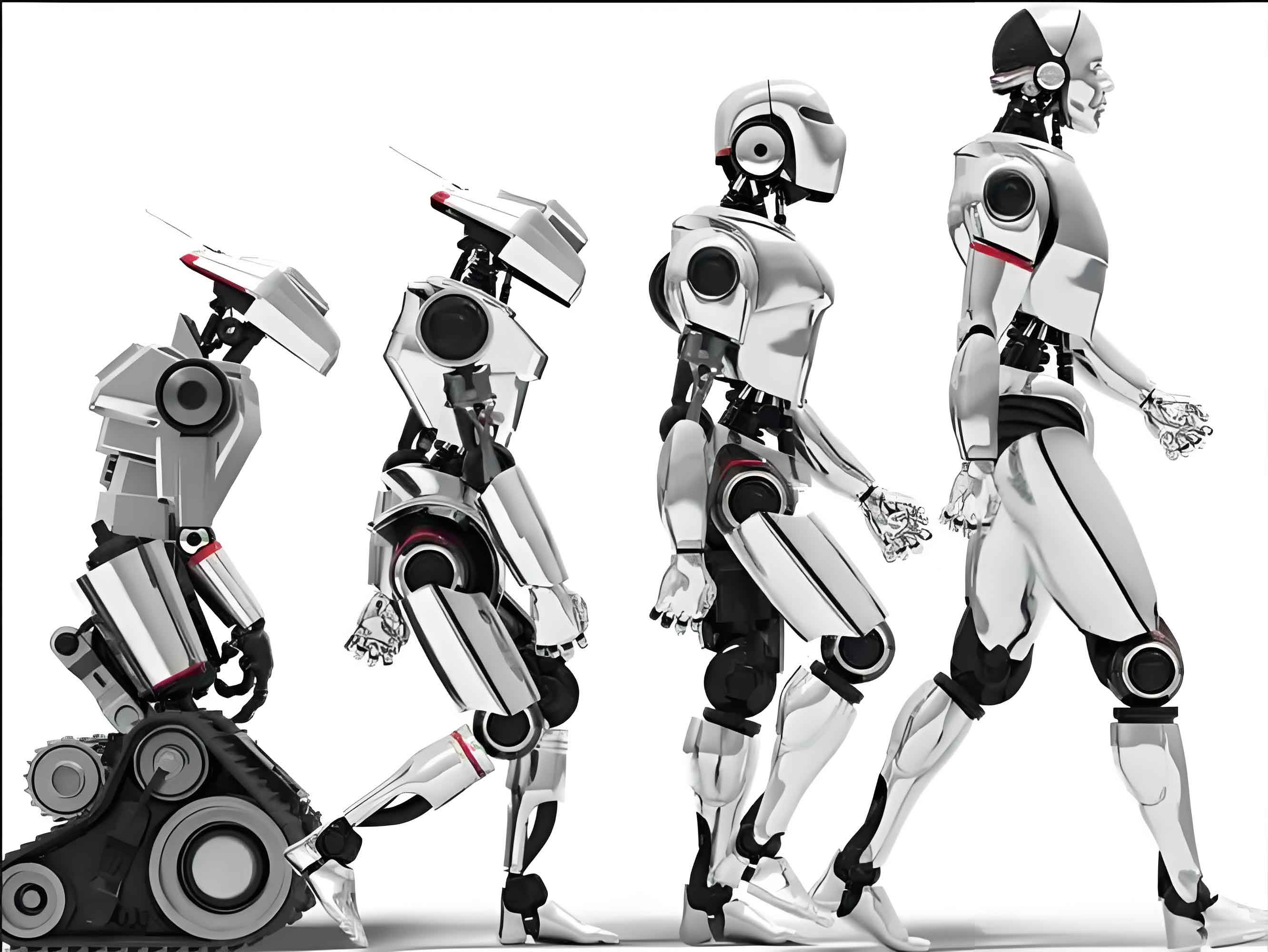Guangzhou – As manufacturing transformation accelerates, the application demand for intelligent robots across industries will significantly increase, paving the way for expansive growth opportunities. Sun Zhiqiang, member of the National Committee of the Chinese People’s Political Consultative Conference (CPPCC) and Chairman of Ruixiang Technology, shared this outlook during a recent interview. He emphasized that intelligent robots represent a critical frontier in technological innovation and confirmed his continued focus on proposing policy recommendations in robotics and artificial intelligence for this year’s political advisory session.

1. Significant Progress in Industrial Innovation Ecosystem Construction
Sun highlighted substantial advancements in the intelligent robot innovation ecosystem over the past year. Key developments include:
- Breakthroughs in Core Technologies: Artificial intelligence now deeply integrates with robotics, granting intelligent robots enhanced perception, cognition, and decision-making capabilities. Critical components like high-precision reducers and high-performance controllers have achieved notable improvements, elevating overall robotic performance. Concurrently, pivotal technologies for humanoid intelligent robots – including AI large-scale models, motion control algorithms, and dexterous manipulators – have achieved significant progress.
- Enhanced Industrial Collaboration: Supported by national policies, robotics industrial parks, innovation centers, and open-source communities have formed specialized clusters. This facilitates tighter cooperation across the value chain, integrating component suppliers, intelligent robot manufacturers, solution providers, and end-users into a cohesive ecosystem.
- Expanded Application Demonstrations: Accelerated manufacturing upgrades and convergence with emerging technologies like AIoT have spurred broader adoption of intelligent robots. Deployment now spans high-end manufacturing sectors including automotive, electronics, and aerospace, while expanding into service domains such as catering, hospitality, healthcare, and eldercare.
2. Strengthening the Scientific and Technological Talent Development Framework
Sun stressed the urgency of cultivating specialized talent for emerging industries like intelligent robotics as AI permeates various sectors. “Building a robust sci-tech talent pipeline is vital to boosting confidence in the private economy, stimulating innovation vitality, accelerating new quality productive forces, and advancing new industrialization models,” he stated. He advocated for systematic educational reforms and industry-academia partnerships to address skill gaps in intelligent robot R&D, manufacturing, and deployment.
3. Future Trajectory of Intelligent Robots
According to Sun, the evolution of intelligent robots will unfold across three dimensions:
- Heightened Cognitive Abilities: Leveraging AI deep learning, image processing, industrial automation, IoT, and specialized software, next-generation intelligent robots will demonstrate stronger autonomous learning and adaptive capacities. This enables them to manage increasingly complex tasks with minimal human intervention.
- Diversified Application Scenarios: Cross-industry integration will deepen as intelligent robots expand into novel environments. Synergies with sectors like logistics, agriculture, and construction will unlock innovative operational models and business paradigms, ensuring sustainable industry growth.
- Persistent Technological Evolution: Continuous innovation will further enhance the intelligence quotient of intelligent robots, reinforcing their autonomous learning, problem-solving, and creative capabilities to handle unpredictable real-world demands.
4. Ruixiang Technology’s Digital Transformation Initiatives
Sun detailed Ruixiang Technology’s strategic pivot toward digitalization, focusing on high-end, intelligent, and sustainable manufacturing. The company prioritizes deploying industrial intelligent robots across diverse production scenarios through integrated hardware-software solutions. This approach aims to achieve end-to-end smart manufacturing – covering production processes, corporate operations, product distribution, and industrial interconnectivity.
Early investments include establishing an AI-powered machine vision team, resulting in proprietary AI inspection systems and edge vision computing products. These innovations have expanded Ruixiang’s footprint beyond automotive into general industrial sectors while ensuring technological sovereignty in high-end vision equipment.
The company also developed the RIDP (Ruixiang Industrial Digital Platform), an industrial internet-based cloud platform enhancing manufacturing ecosystems through smart connectivity. Additionally, Ruixiang designs specialized industrial software for high-end equipment and intelligent manufacturing, strengthening core competitiveness in precision machinery domains.
“Our commitment remains firm in pioneering intelligent robot solutions that drive China’s manufacturing transformation,” Sun concluded. “The convergence of AI and robotics will redefine productivity benchmarks globally.”
| Industrial Domains | Service Domains |
|---|---|
| Automotive Manufacturing | Hospitality & Catering |
| Electronics Production | Medical Services |
| Aerospace Engineering | Elderly Care |
